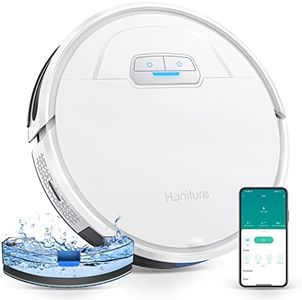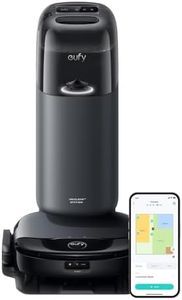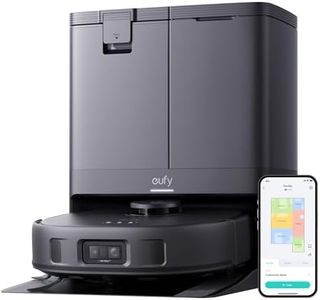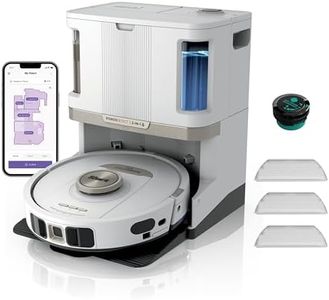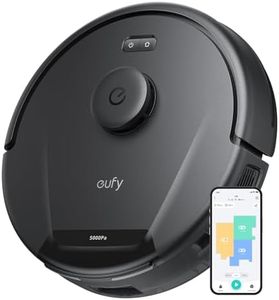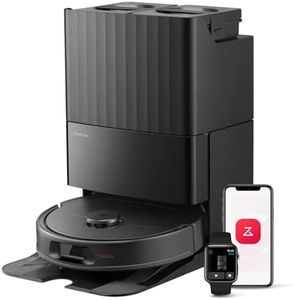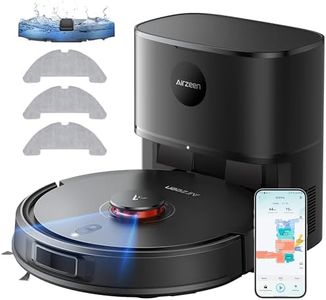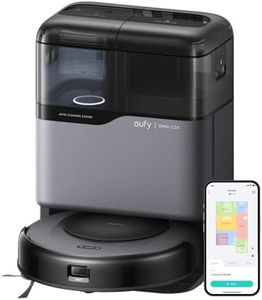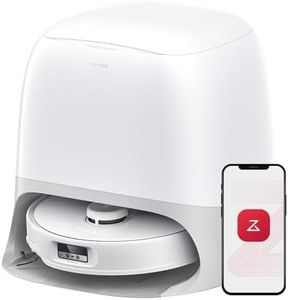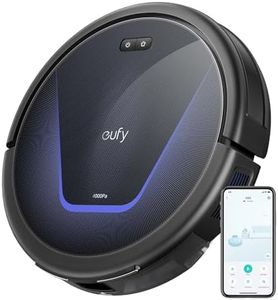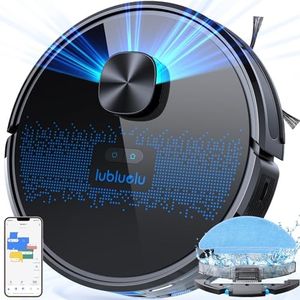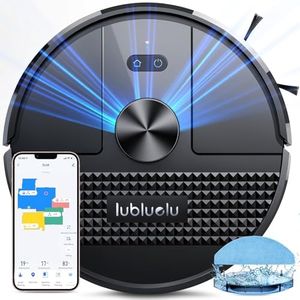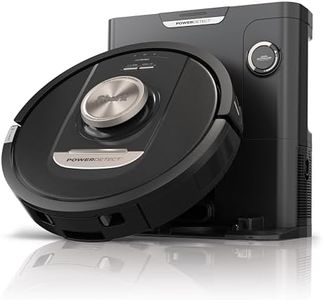We Use CookiesWe use cookies to enhance the security, performance,
functionality and for analytical and promotional activities. By continuing to browse this site you
are agreeing to our privacy policy
10 Best Robotic Vacuum Cleaners
From leading brands and best sellers available on the web.Buying Guide for the Best Robotic Vacuum Cleaners
Choosing the right robotic vacuum cleaner can make a significant difference in maintaining a clean home with minimal effort. These devices are designed to autonomously clean your floors, navigating around obstacles and reaching under furniture. When selecting a robotic vacuum cleaner, consider your home's layout, the types of surfaces you have, and any specific cleaning needs you might have, such as pet hair or allergies. Understanding the key specifications will help you find a model that fits your lifestyle and cleaning requirements.Suction PowerSuction power determines how effectively a robotic vacuum can pick up dirt, dust, and debris from your floors. It's measured in pascals (Pa) and generally, higher suction power means better cleaning performance, especially on carpets. For homes with mostly hard floors, a lower suction power might suffice, while homes with carpets or pets might benefit from higher suction power to ensure thorough cleaning.
Battery LifeBattery life indicates how long the robotic vacuum can operate before needing a recharge. This is crucial for larger homes, as longer battery life means the vacuum can clean more area in one go. Battery life is usually measured in minutes, with typical ranges from 60 to 120 minutes. If you have a large home or multiple rooms to clean, opt for a model with longer battery life to avoid frequent recharging interruptions.
Navigation TechnologyNavigation technology refers to how the robotic vacuum moves around your home and avoids obstacles. Common technologies include random navigation, which is less efficient, and more advanced systems like laser or camera-based navigation that map your home for systematic cleaning. If your home has complex layouts or many obstacles, a model with advanced navigation technology will be more efficient and less likely to miss spots.
Dustbin CapacityDustbin capacity is the amount of dirt and debris the vacuum can hold before needing to be emptied. Larger dustbins mean less frequent emptying, which is convenient for busy households. Dustbin capacities vary, typically ranging from 0.3 to 0.6 liters. Consider your cleaning frequency and the amount of dirt your home accumulates to choose a dustbin size that suits your needs.
Noise LevelNoise level is the amount of sound the robotic vacuum produces while operating, measured in decibels (dB). Lower noise levels are preferable if you plan to run the vacuum while you're home or during nighttime. Noise levels typically range from 50 to 70 dB. If you are sensitive to noise or have young children or pets, opt for a quieter model to ensure a peaceful environment.
Smart FeaturesSmart features include connectivity options like Wi-Fi, app control, and compatibility with voice assistants. These features allow you to control the vacuum remotely, schedule cleanings, and receive notifications. If you enjoy using smart home technology or want the convenience of controlling your vacuum from your smartphone, look for models with robust smart features.
